Tracking greenhouse gases with a laser
Faced with advancing climate change, we drastically need to monitor and understand the various sources and sinks of greenhouse gases worldwide in real time. One approach to accomplishing this is to regulate and monitor man-made methane emissions. Laser systems as developed by researchers at Fraunhofer ILT offer ways to do exactly that. At the heart of lidar instruments, they can precisely determine greenhouse gases in the atmosphere with high spatial and temporal resolution, even from great distances, and do so worldwide.
The uncontrolled emission of methane during the extraction, production, transportation or processing of fossil fuels accounts for eleven percent of greenhouse gas emissions worldwide, according to the German Association of Energy and Water Industries. Eighty percent of methane emissions, on the other hand, can be attributed to agriculture and waste management. According to the International Energy Agency (IEA), 1.7 percent of the gas produced worldwide is lost through leaks. The Energy Watch Group calculates this at over four percent, while other experts provide even higher figures.
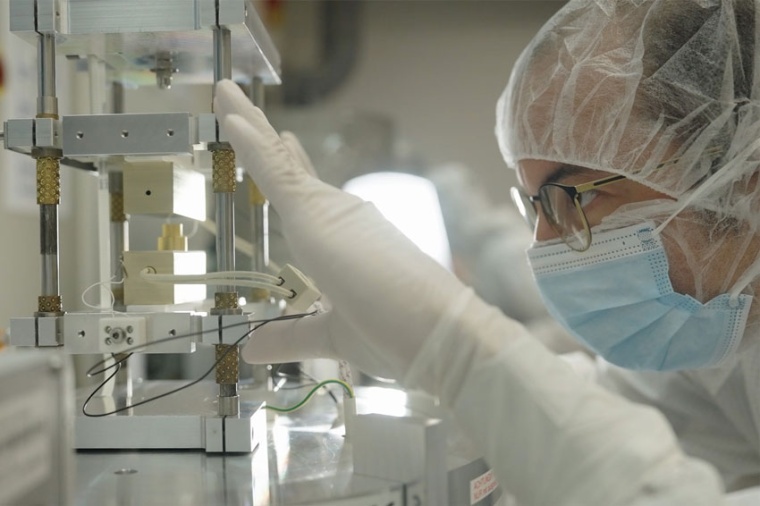
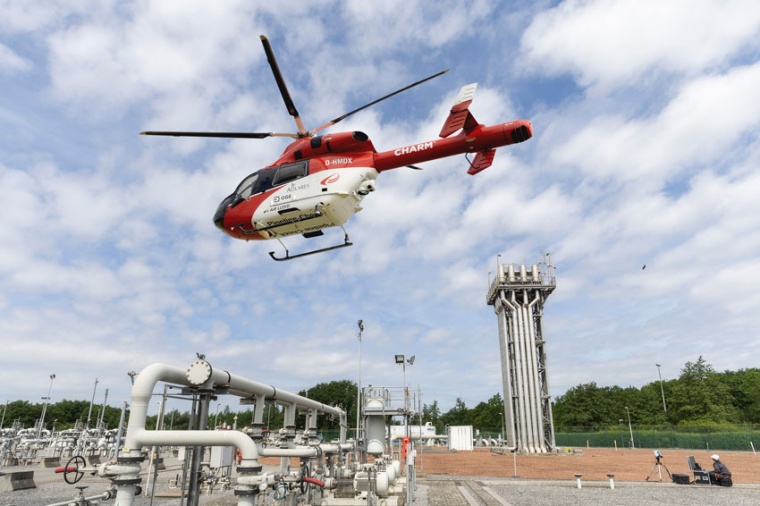
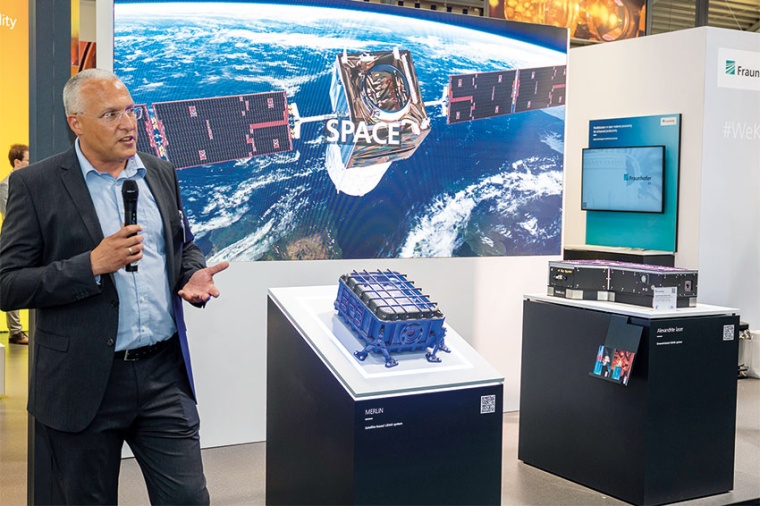
It is therefore important to precisely record and monitor the concentration of greenhouse gases in the atmosphere. Until now, methane has only been measured passively from space, i.e. via the sunlight absorbed in the atmosphere by this gas. The concentration can then be calculated from the absorption. However, this method only works during the day and its accuracy is limited.
A light detection and ranging (lidar) system, however, can determine the methane concentration directly. This uses lasers with two wavelengths at around 1,645 nm to make the measurement independent of external factors such as the strongly fluctuating reflectivity of the earth’s surface. It measures the light absorption of the atmosphere at wavelengths of maximum and minimum methane absorption. The methane concentration in the air column in the measurement path is calculated by comparing the measured values.
Fraunhofer ILT has the laser at the core of the lidar system. Read the details in a new article in PhotonicsViews (in print) now online as an early view contribution.
Reference: Tracking greenhouse gases with a laser – Fraunhofer ILT researchers develop advanced lidar systems to tackle global methane emissions and improve climate monitoring, PhotonicsViews 21(4), in print, first published online: 25 June 2024
Company
Fraunhofer Institute for Laser Technology ILTSteinbachstr. 15
52074 Aachen
Germany
most read
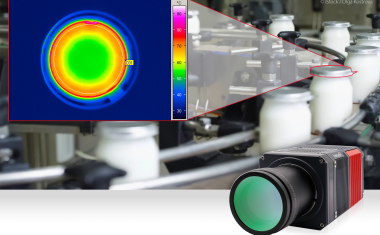
MWIR system camera for continuous industrial operation
Entry into infrared imaging

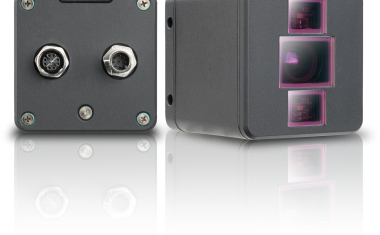
Time of Flight Method Ensures Depth Perception
Shape Recognition, Object Positioning, and Distance Measurements in Logistics
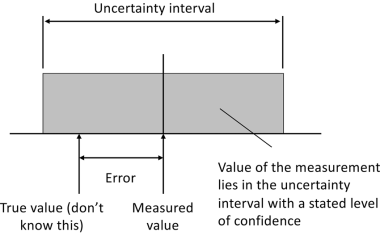
Measurement uncertainty in manufacturing: Understanding the basics
Why precise measurement results alone are not enough
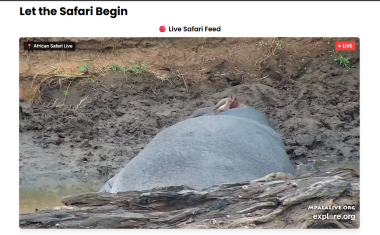
There’s a Large Hippo Resting in the Mud
Virtual Video Safaris for Blind and Visually Impaired People






